| Shi Yan 6: A Research/Survey Vessel with a carrying capacity of 1,115 DWT, the vessel is reported to be 5.3 metres in length overall 90.6 metres and width 17 metres. |
|---|
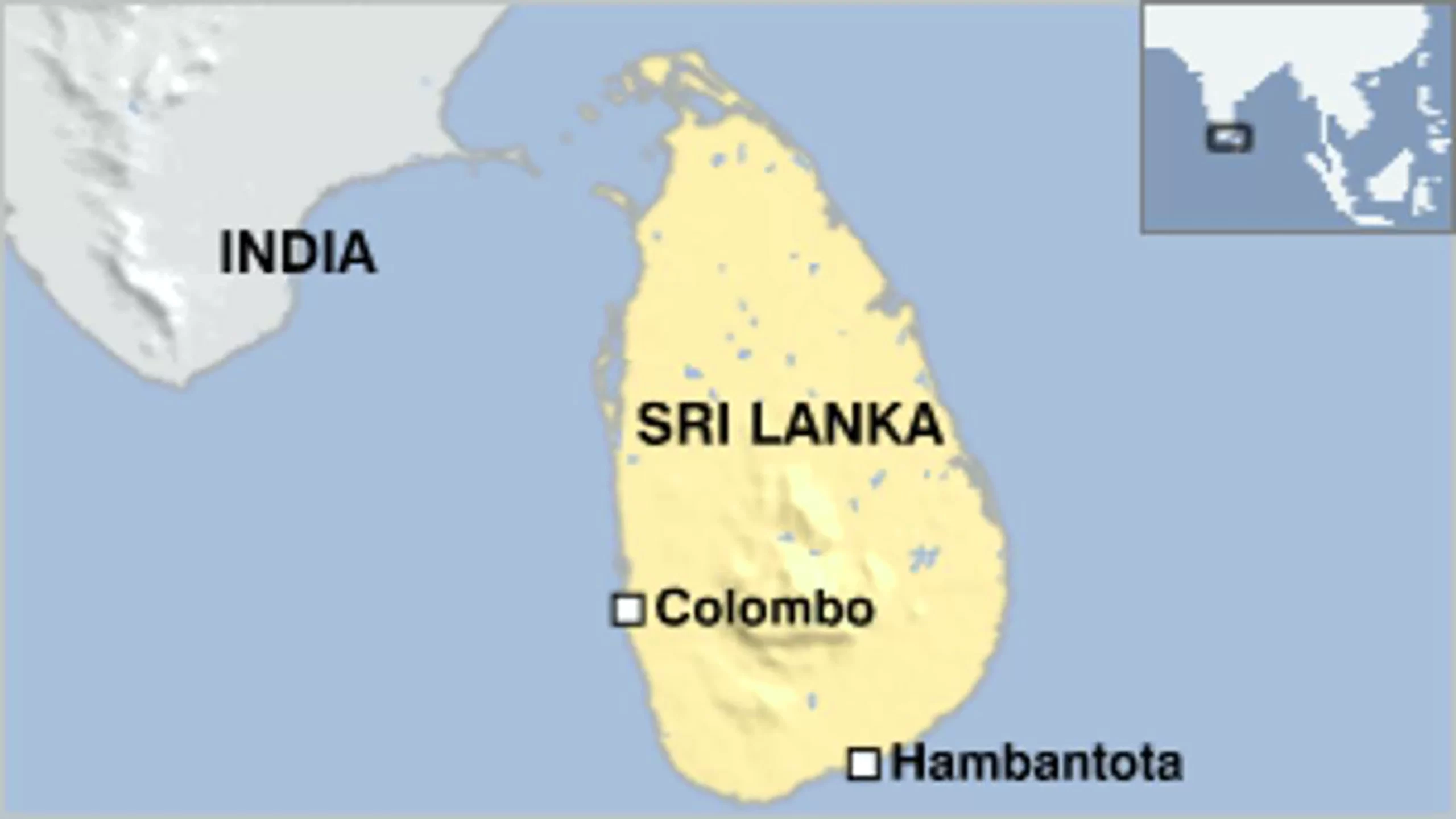
Source: Live Mint
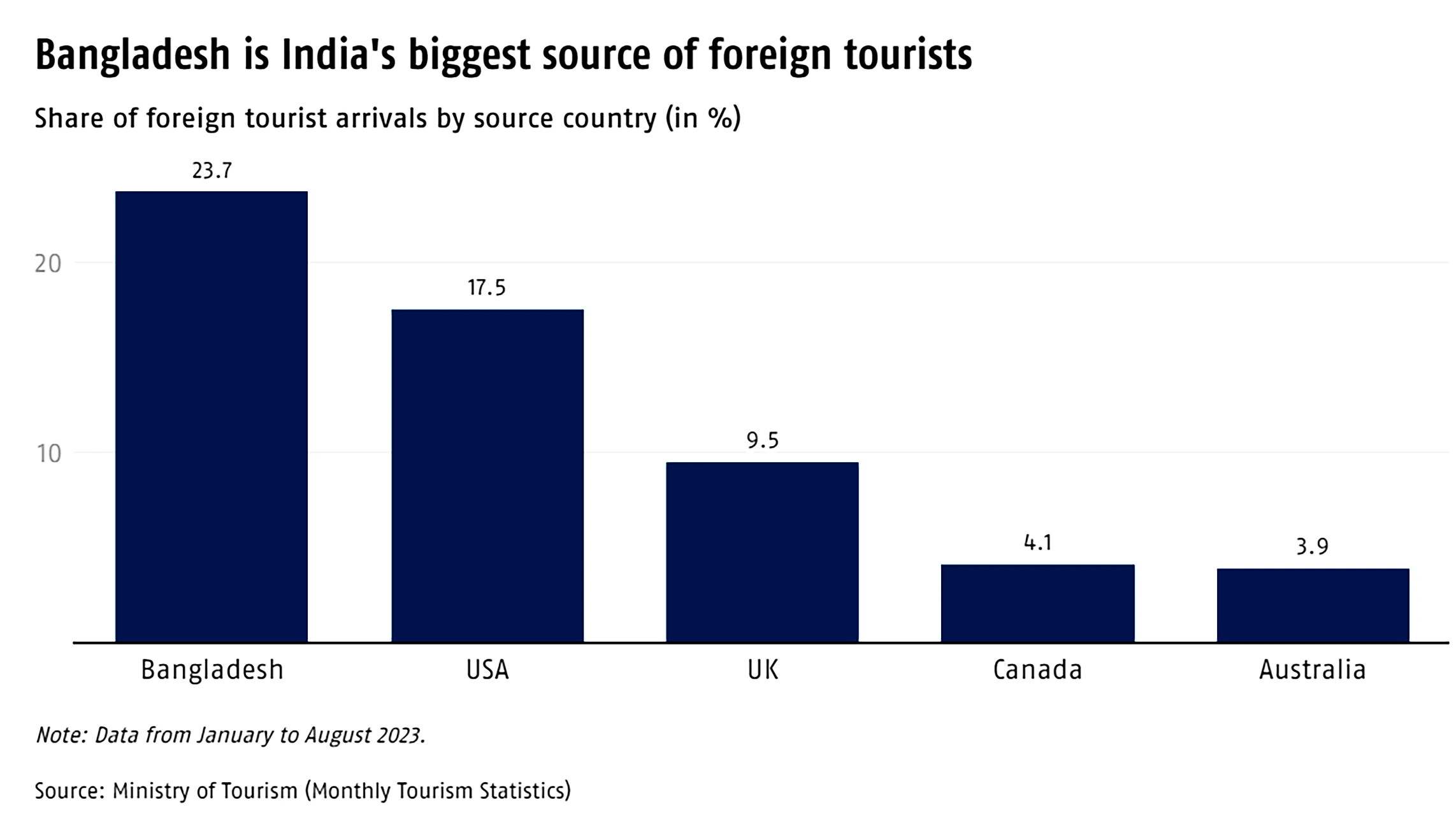
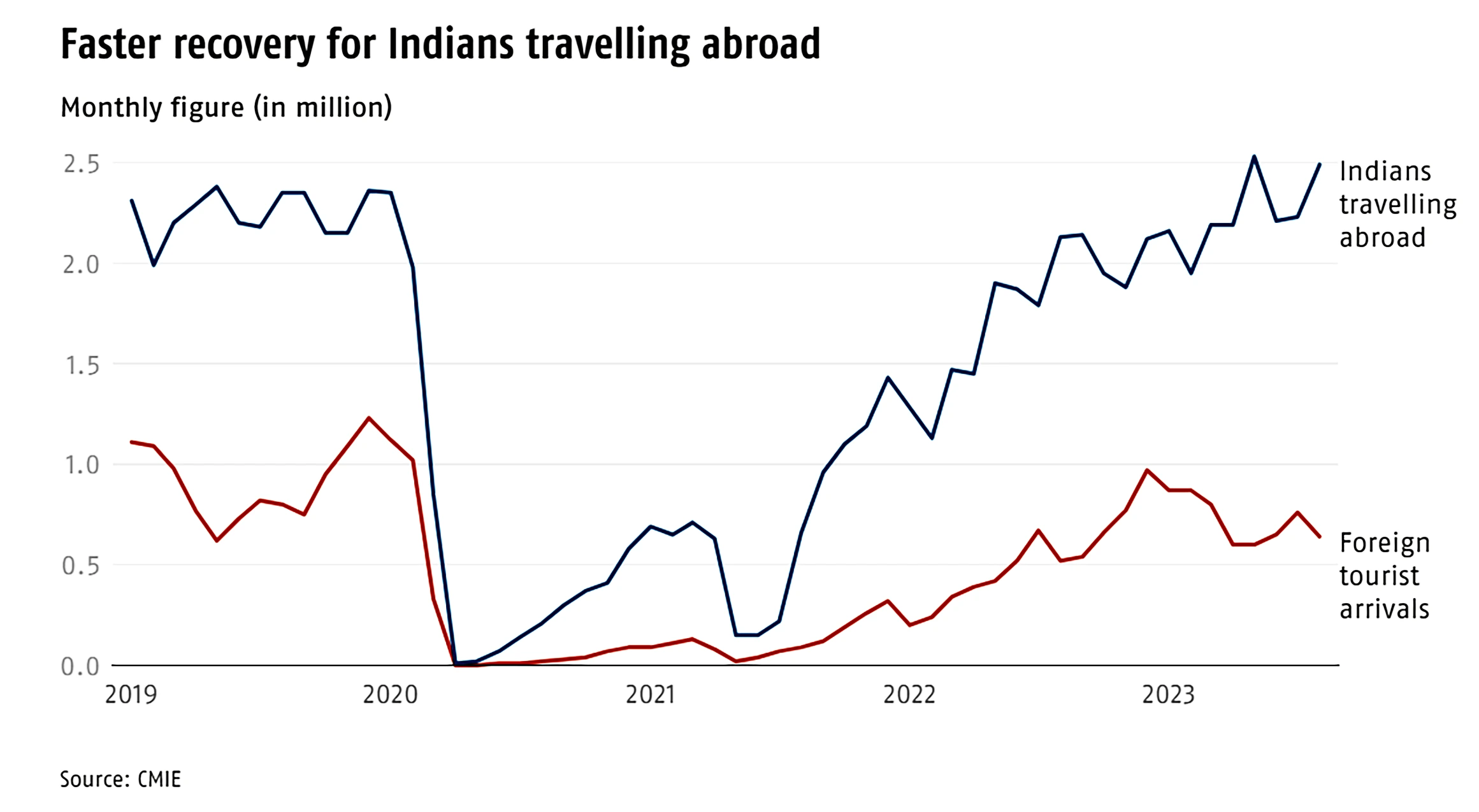
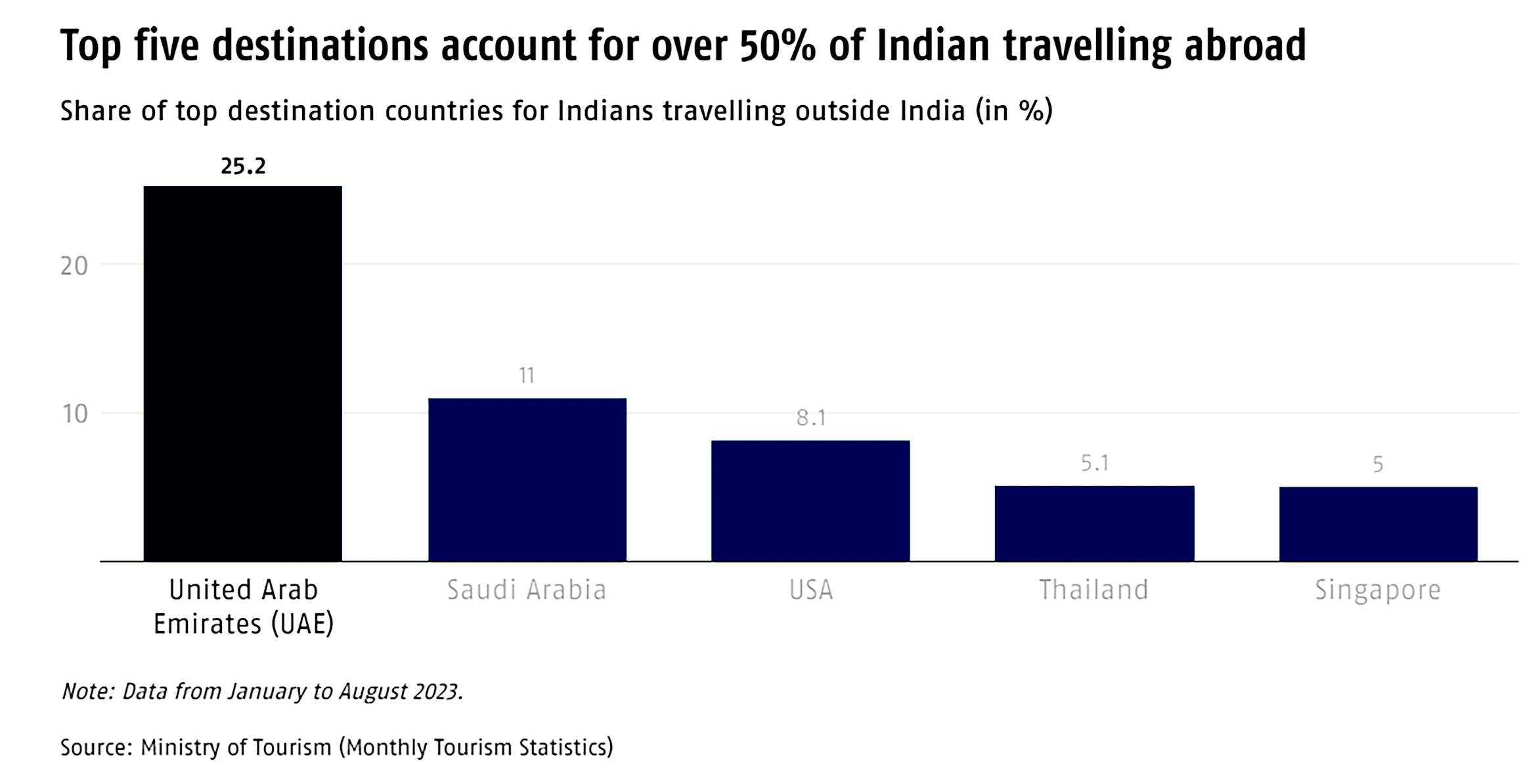
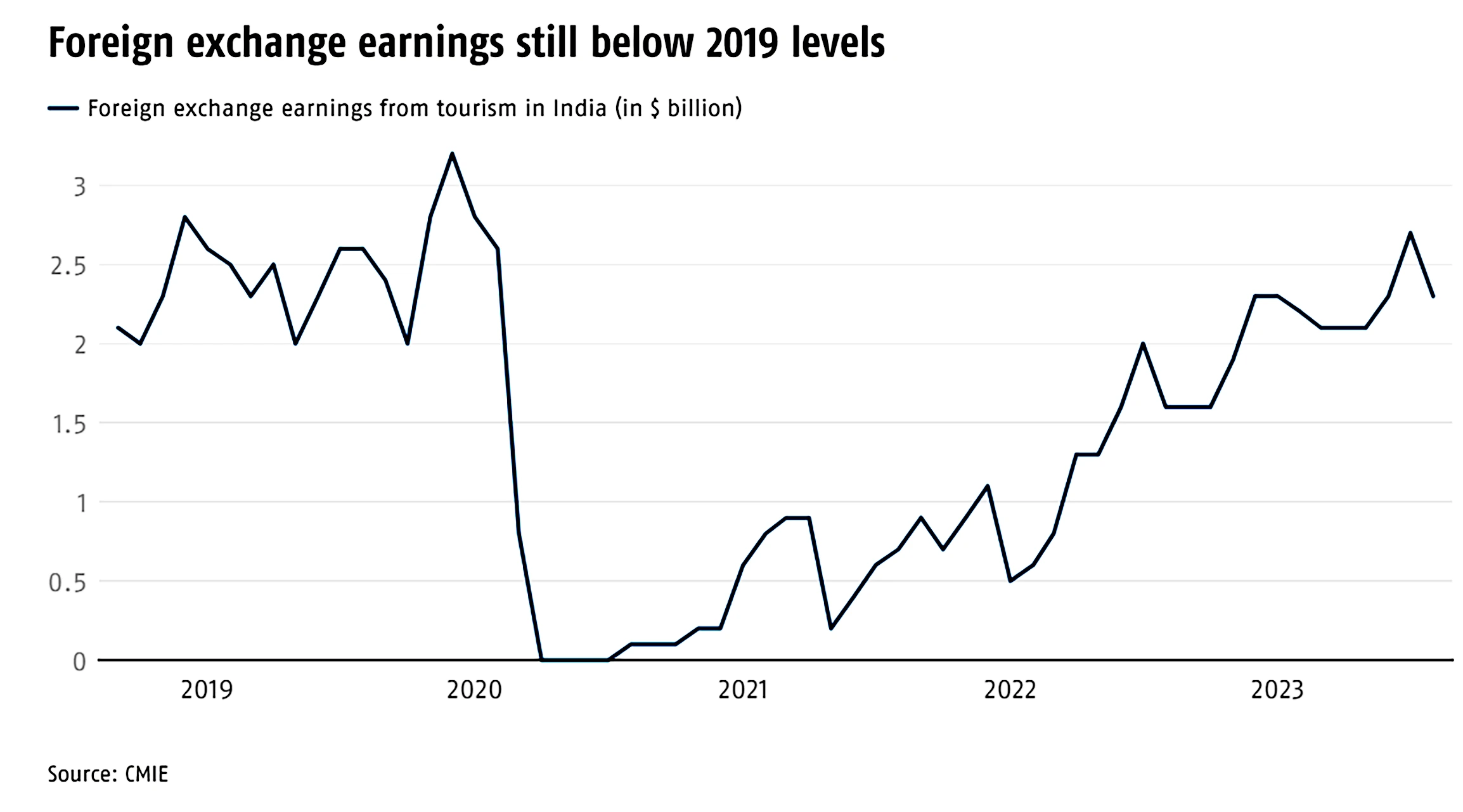
Source: Business Standard
News Source: livemint
News Source: Economic Times
News Source: Press Information Bureau
News Source: Deccan Herald
Global EV Charging Standard
|
|---|
News Source: Indian Express
| Relevancy for Prelims: World Energy Outlook 2023, India’s Electricity Demand, International Energy Agency, Net Zero Emissions, and UJALA scheme.
Relevancy for Mains: World Energy Outlook 2023: Key Findings; India’s Clean Energy Status, New Clean Energy Economy: Opportunities for India and the World, and current critical challenges of the energy sector for India & World. |
|---|
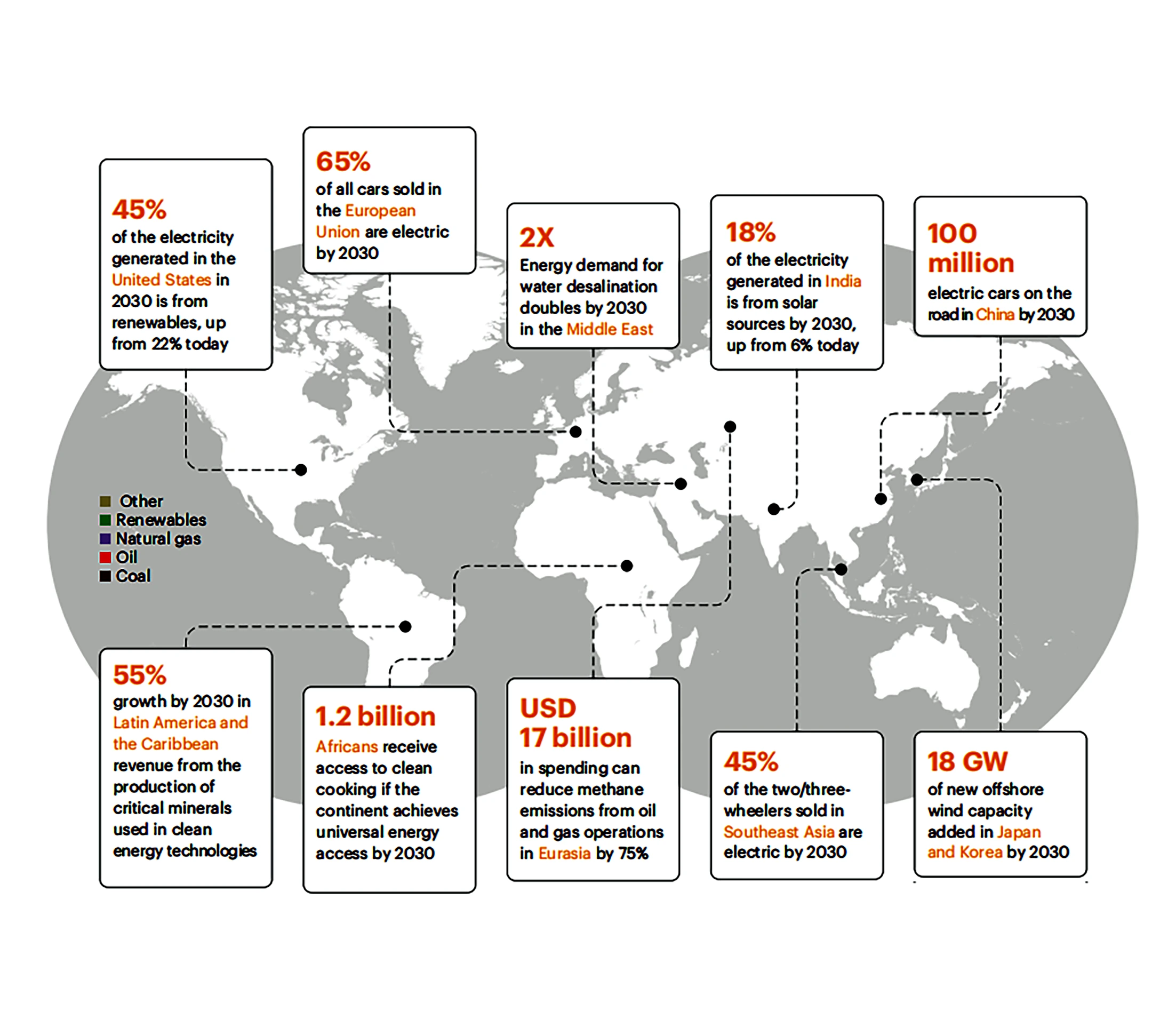
What is IEA?
|
|---|
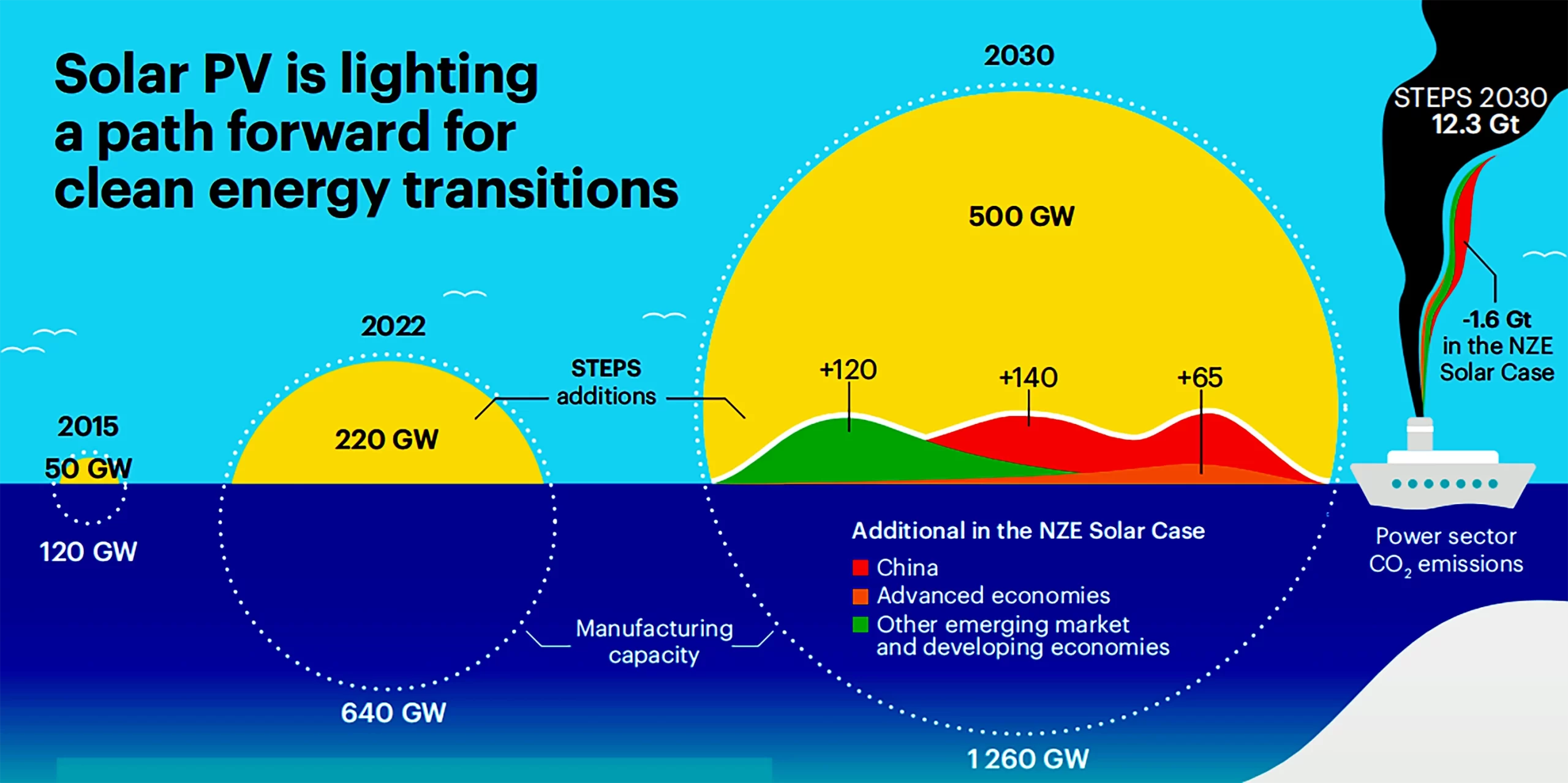
Also read: Growth Needs More Electricity: Strengthening of Power Sector
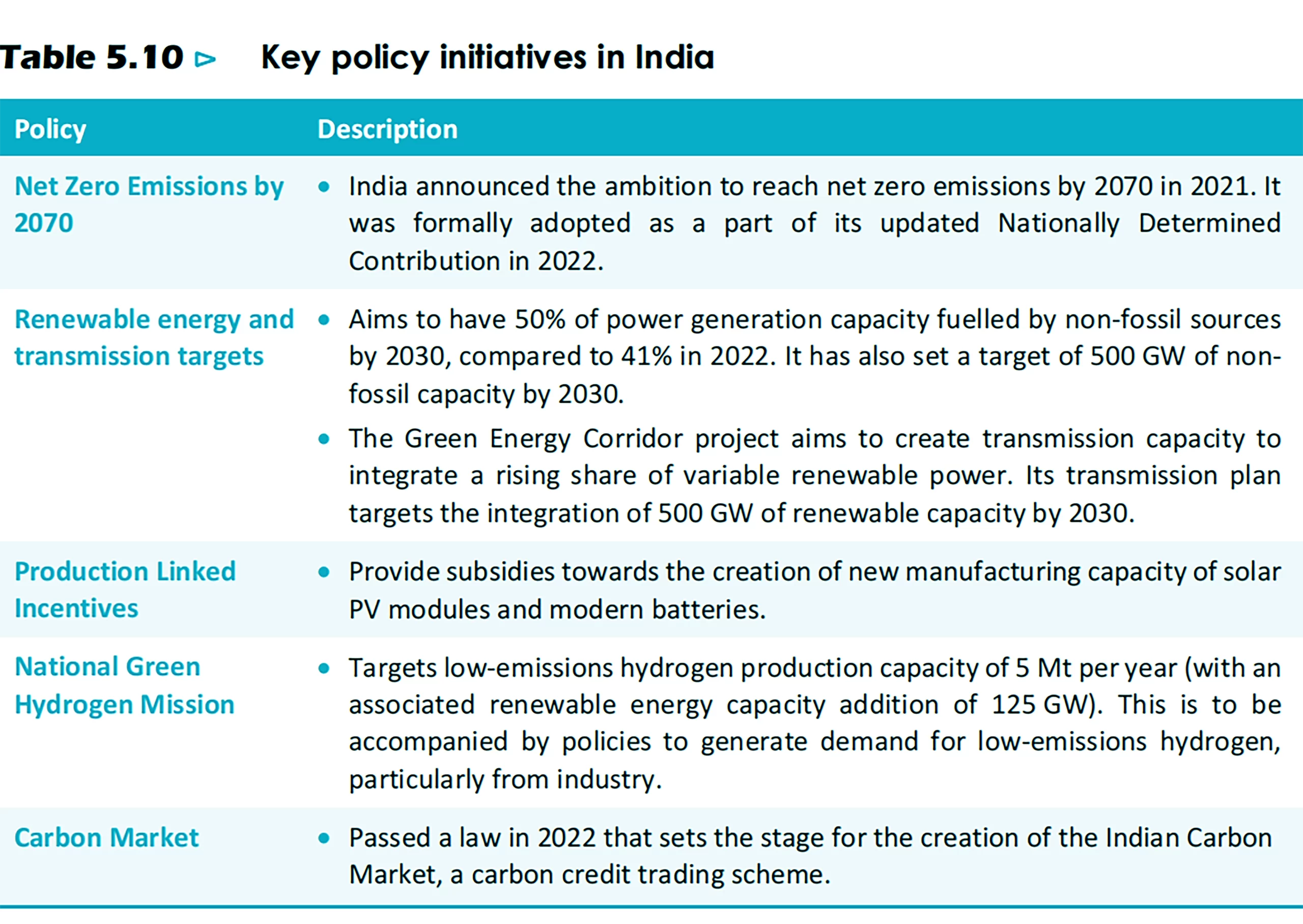
India can lead in the transition to clean energy, given its growth in renewable energy, clean electrification, and efforts to improve energy efficiency to achieve a sustainable and inclusive energy future.
| Prelims Question (2023)
Consider the following infrastructure sectors: 1. Affordable housing 2. Mass rapid transport 3. Health care 4. Renewable energy On how many of the above does UNOPS Sustainable Investments in Infrastructure and Innovation (S3i) initiative focus for its investments? (a) Only one (b) Only two (c) Only three (d) All four Ans: (c) |
|---|
| Relevancy for Prelims: United Nations, UNCCD Report on Land-Degradation, Land Desertification, Soil Erosion, Land Degradation Neutrality (LDN), and Pradhan Mantri Krishi Sinchayee Yojana.
Relevancy for Mains: Key findings of UNCCD on land degradation, Causes and impacts of land-degradation, and measures taken by the Government to prevent land-degradation. |
|---|
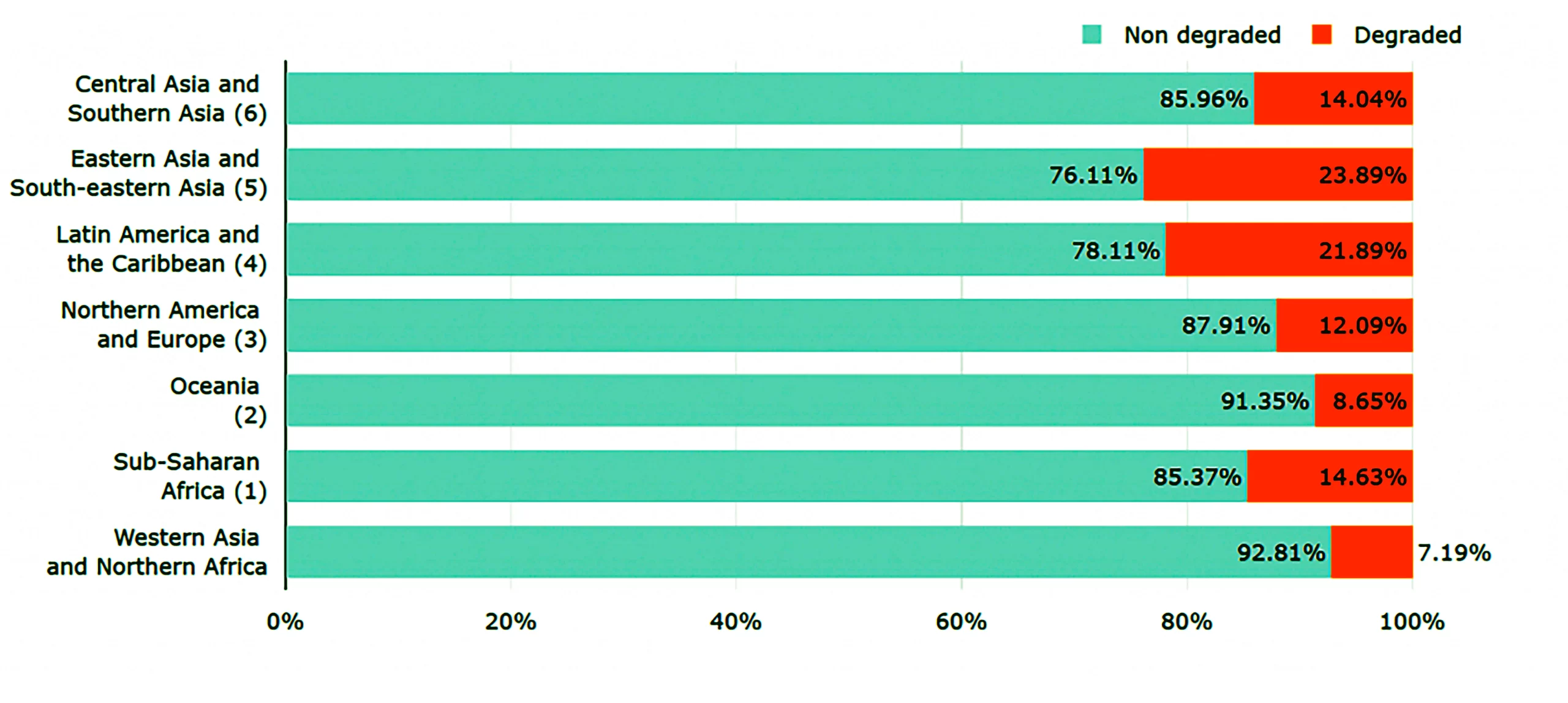
What is the United Nations Convention to Combat Desertification (UNCCD)?
Land Degradation Neutrality (LDN)- UNCCD
Land Degradation Neutrality (LDN) Objectives
|
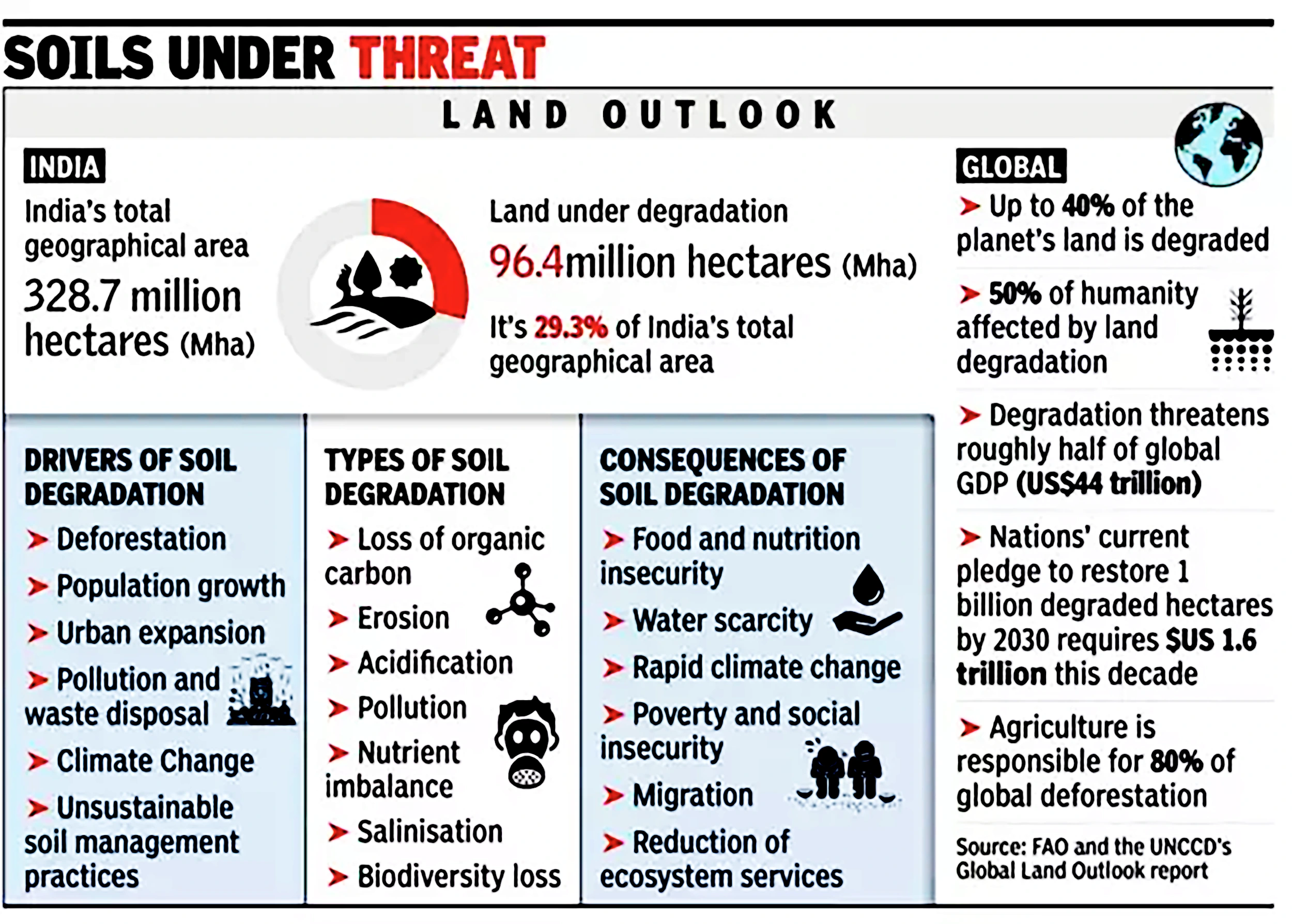
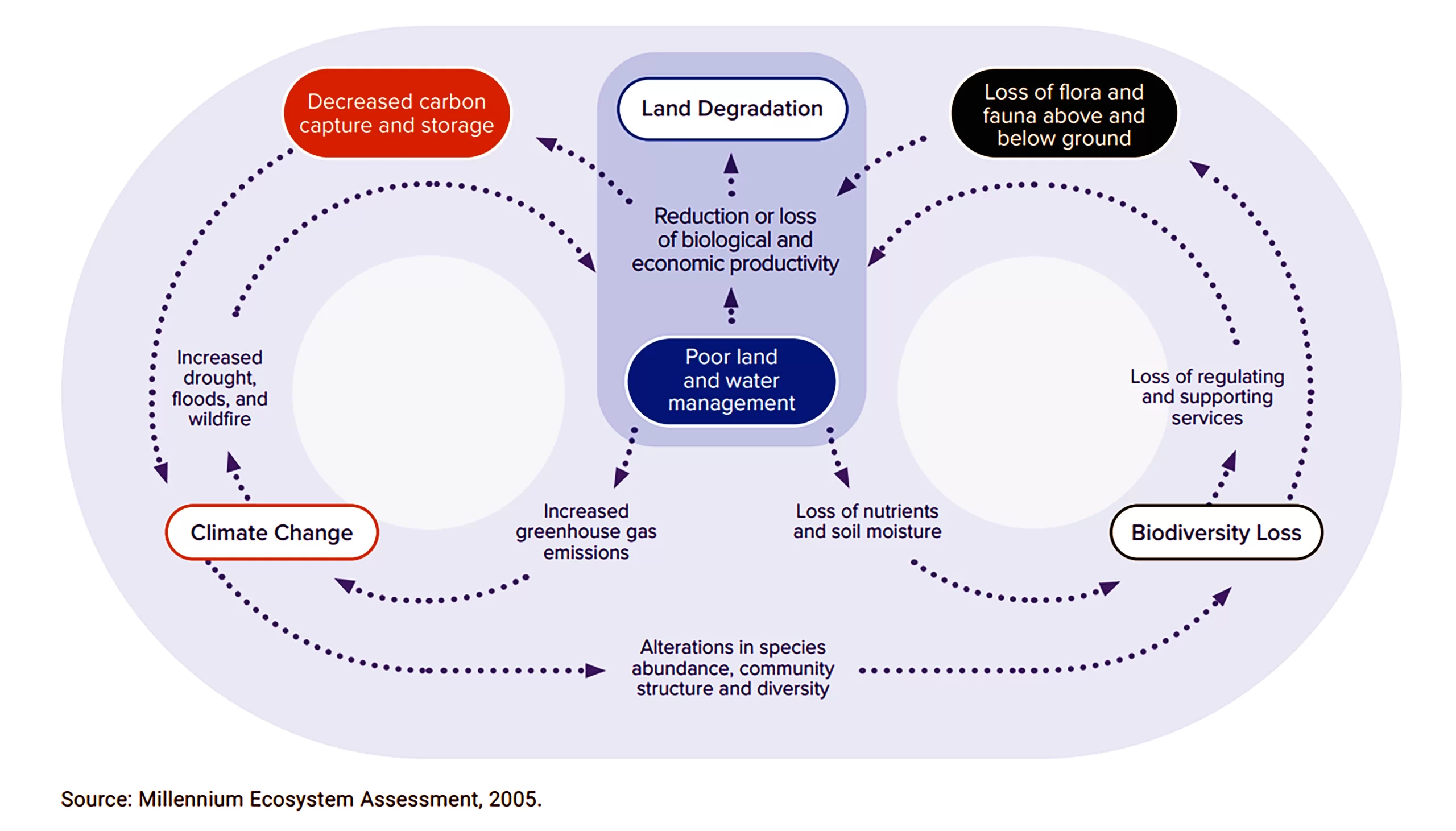
Also read: World Food Day: Date, Theme, Significance and Solution
Global Efforts
|
|---|
Also read: Climate Smart Agriculture (CSA)
UNCCD data reveals alarming global trends, with 100 million hectares of arable land lost annually due to land degradation, underscoring the urgent need for collaborative international efforts to address and reverse this concerning phenomenon.
| Prelims Question (2016)
What is/are the importance/ importances of the ‘United Convention to Combat Desertification (UNCCD)’? 1. It aims to promote effective action through innovative national programmes and supportive international partnerships 2. It has a special/particular focus on South Asia and North Africa regions, and its Secretariat facilitates the allocation of major portion of financial resources to these regions. 3. It is committed to bottom-up approach, encouraging the participation of local people in combating the desertification. Select the correct answer using the code given below. (a) 1 only (b) 2 and 3 only (c) 1 and 3 only (d) 1, 2 and 3 Ans: (c) |
|---|
| Mains Question: The ideal solution of depleting ground water resources in India is water harvesting system. How can it be made effective in urban areas? (250 words, 15 Marks) |
|---|
SC Verdict on Newsclick Shows Adherence to Due Pro...
Stay Invested: On Chabahar and India-Iran Relation...
Credit Rating Agencies, Impact on India’s De...
Catapulting Indian Biopharma Industry
Globalisation Under Threat, US Import Tariffs Have...
Global Report on Hypertension, Global Insights and...
<div class="new-fform">
</div>
